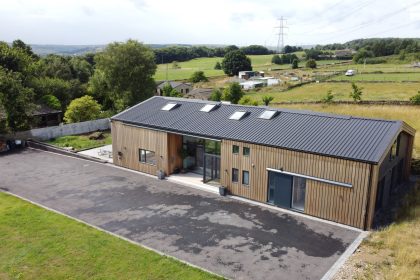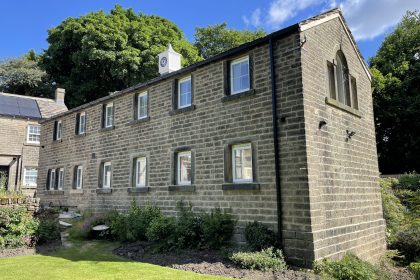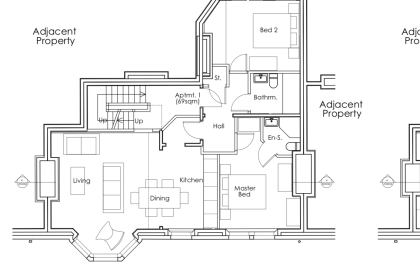If you’re looking to embark on a new building project, do you even know the difference between an Architect and an Architectural Technician, Technologist or Designer?
In this blog we discuss the differences between these and the benefits of employing the services of an Architect rather than these other professions.
Firstly, Architects are governed by both ARB (Architects Registration Board) and the RIBA (Royal Institute of British Architects). Architectural Technologists are usually governed by CIAT (Chartered Institute of Architectural Technology). Both must pass qualifications that are recognised by their own specific governing bodies.
Generally speaking, Architectural Technicians or Technologists working independently usually take on detailed design work with basic building design requirements and mostly at construction stage, whereas an Architect works on bespoke building design schemes from initial concept design stage onwards where design quality and often more complex problem solving & delivery is important.
In larger practices, these two professions often work together and provide complimentary skills in delivering building design projects from inception right through construction stage to completion.
Architects
An Architect is a fully qualified & chartered professional who designs new-build, extension & refurbishment building projects and is obliged to conduct their services under the rules of a Code of Conduct. To become an Architect, standards of the ARB educational programme must be passed, and this will usually take a minimum of seven years.
Architects have specific training in design, yet also have knowledge in other areas such as Civil Law, Contract Law, Planning Policy, Building Regulations and many other legislative aspects to support their work. Their key skill is design, and they are trained to understand their clients’ challenges and problems which allows them to develop a design brief and develop solutions that addresses and solve the challenges presented.
An Architect is trained to support their clients from the beginning right through to the end of a project, including the construction phase with skills in administering construction contracts and inspecting construction work.
As part of their Professional Code of Conduct, Architects must also have appropriate Professional Indemnity insurances for the type and size of work they specialise in, to protect their clients if issues arise during the course of their specific project.
The title of Architect still remains protected by law in the UK and it is an offence to describe yourself as an Architect unless you have obtained the requisite qualifications accepted by the relevant governing bodies.
Architectural Technologist
To be an Architectural Technologist or Technician, an accredited degree, Higher National Diploma or an S/NVQ in Architectural Technology is required before beginning their journey to become a Chartered Architectural Technologist.
Architectural Technologists often develop & prepare detailed construction drawings, specifications, setting out drawings & schedules based on the Architects’ design drawings, which are underpinned by building science, engineering and technology.
They can usually manage the detailed design of many types of building project from large commercial through to residential projects as part of their architectural services.
Architectural Designers
Often companies and individuals describe themselves as Architectural Designers or offer Architectural Services where they may have some skills that an architect has, but are not fully qualified and therefore unable to use the title of Architect.
Architectural Designers can design and deliver building projects too, but do not usually have the level of qualifications, knowledge or protections in place to give clients sufficient peace of mind that their project will be delivered correctly, successfully & of sufficient quality, in the way that a fully qualified Architect does.
They are also not bound by a professional Code of Conduct and have no requirement to carry out Continuing Professional Development to ensure they are updated with current legislation and codes of practice for example, backed by the advice and support of a knowledgeable governing body.
They are also not required to have Professional Indemnity Insurance in place to protect their clients.
In Summary
If you have very firm ideas of how you want your project to look and it’s a fairly basic design, or are undertaking a small renovation or conversion that will involve some simple space planning alterations for example, then a Chartered Architectural Technologist may be the way to go.
If you are looking for a larger, one-of-a-kind, innovative, high quality or more complex design, then the services of an Architect will certainly be your best way forward as they will have the experience, skills and expertise to be able to understand your requirements and support you to help deliver your project successfully and fully in accordance with your detailed brief.
Here at Fibre, we are proud to be fully qualified & chartered Architects creating beautiful, valuable and unique buildings & spaces that have a positive impact on the lives of our clients and their families.







